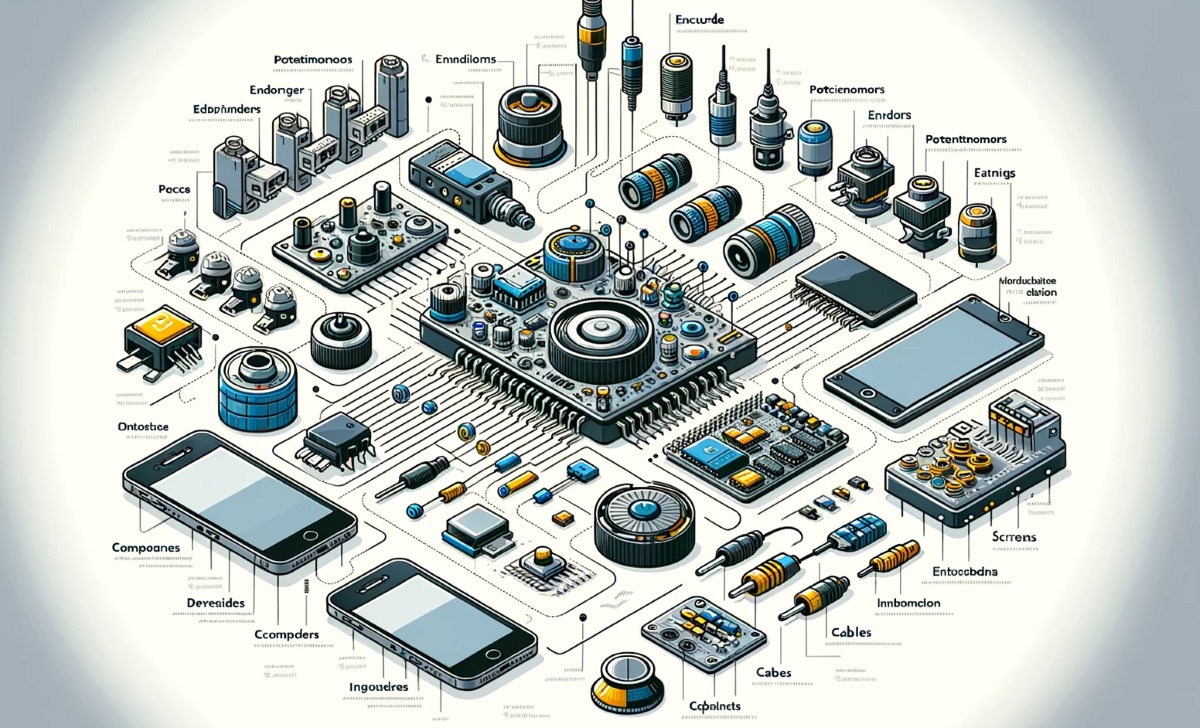Extra components with DC drives?

Hello DC Control friends,
Additional components commonly used alongside DC drives include:
Input/Output Filters: To minimize electrical noise and harmonics.
Contactors and Relays: For switching and control functions.
Braking Resistors: To dissipate excess energy during braking.
Cooling Systems: Such as fans or heat sinks to manage heat.
Encoders or Tachometers: For speed and position feedback.
Isolation Transformers: For electrical isolation and safety.
Fuses and Circuit Breakers: For overload and short-circuit protection.
PLC (Programmable Logic Controllers): For automation and advanced control features.
Human-Machine Interface (HMI): For monitoring and control.
Power Supply Units: To provide consistent voltage and current.
Signal Converters: To adapt different signal types for compatibility.
These additional components help improve the drive's performance, safety, and integration into broader systems. Always consult with experts or manufacturers for a detailed understanding of what additional components may be necessary for your specific application.
While the use of DC drives in industry (at least at high power levels) has diminished, they are still widely found. Below, we have attempted to answer the most frequently asked questions about DC drives from our visitors.
- What are the operating principles of DC drives?
- What are the different types of DC drives?
- What are the key differences between DC drives and AC drives?
- What are the typical applications for DC drives?
- How energy-efficient are DC drives?
- What are the control methods used in DC drives?
- What type of DC drive is most suitable for a specific DC motor?
- What are the most common problems and solutions associated with DC drives?
- What are the power ranges used in DC drives?
- What additional components are used alongside DC drives?
- What are the advantages and disadvantages of DC drives?
- How do I choose a DC drive?
- How scalable are DC drives?
- Is integration between a DC drive and a PLC possible?
- What are the lifespan and maintenance requirements for DC drives?
- What safety features are included in DC drives?
- How is the dynamic response in DC drives?
- What feedback options are available in DC drives?
- What types of protection mechanisms are used in DC drives?
- What types of sensors can be used with DC drives?
These questions generally also encompass the types of queries that many people may have about DC drives. Each user or student will have their own unique question or interpretation depending on the specific situation or application. The answers provided are not binding and are not definitive. "You are welcome to share the article above as long as you cite it as the source." 05.2019
Your shopping cart is empty!
